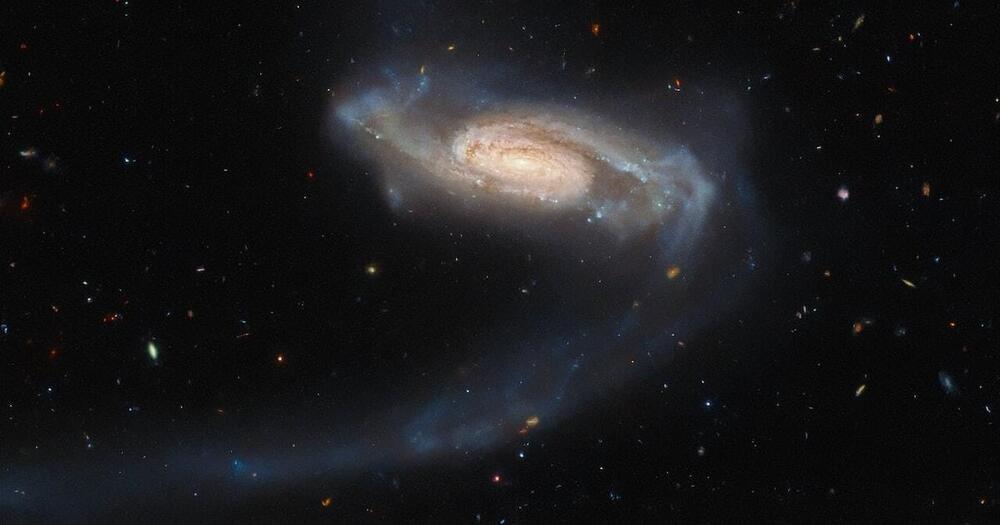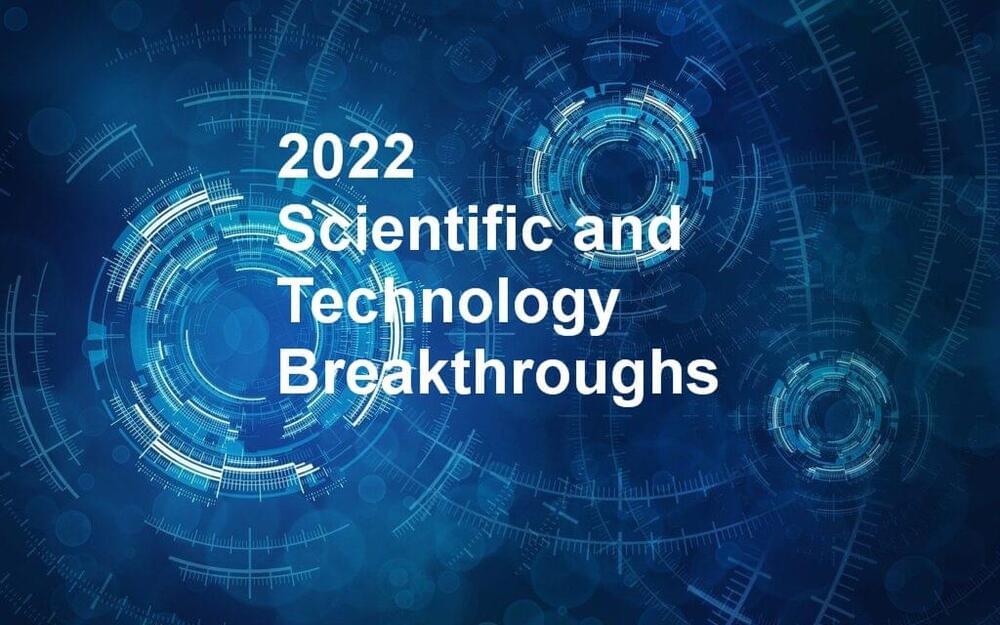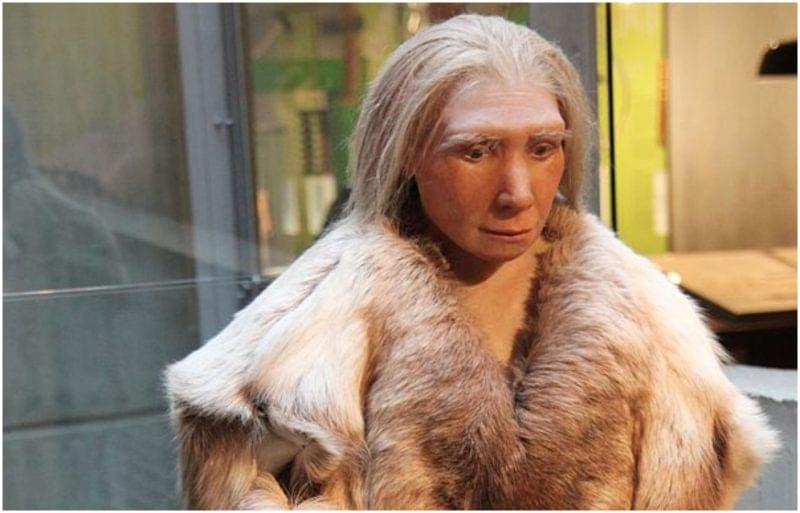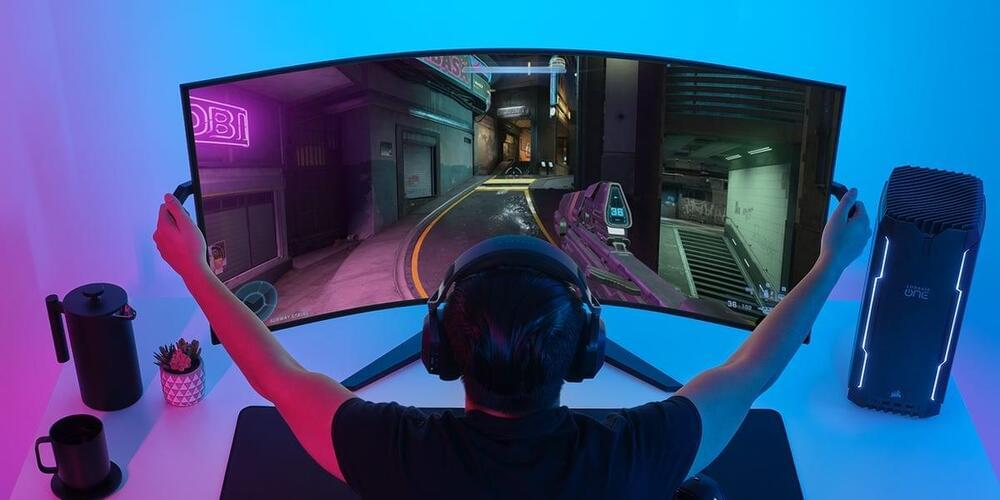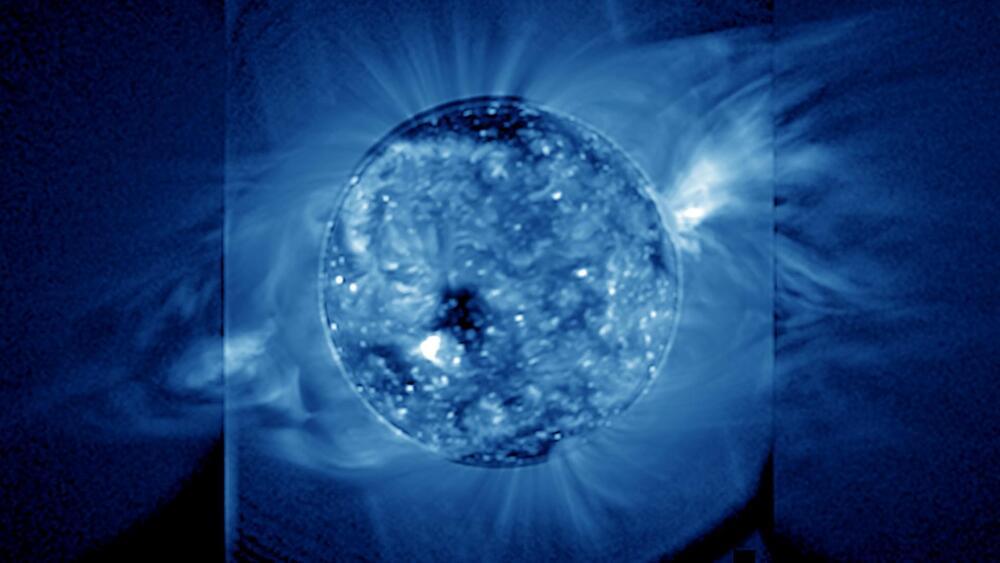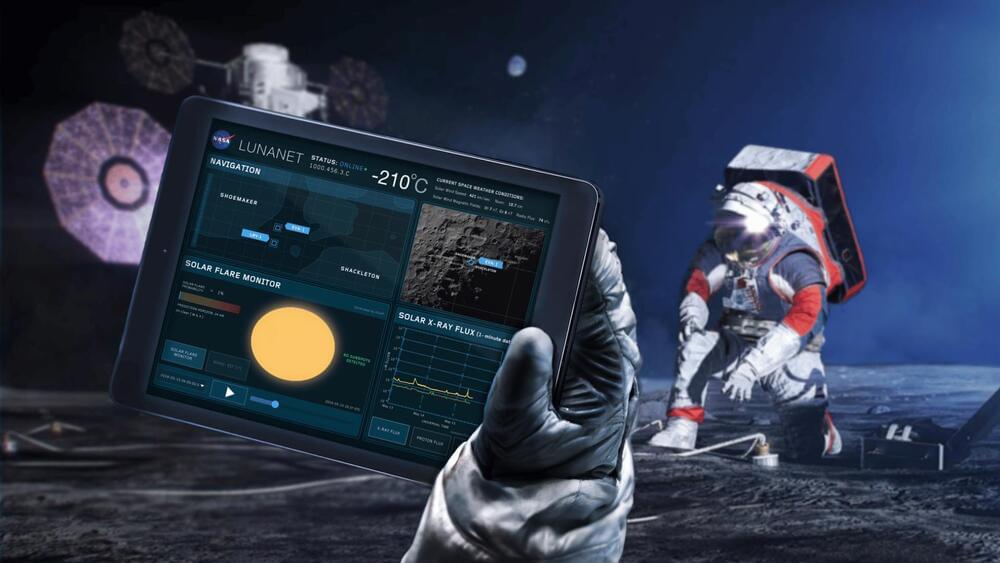At some point in its history, ESO 415–19 had a close encounter with another galaxy, and it’s never been the same since. The gravity from that passing galaxy drew parts of ESO 415–19 outward into long, curving streams of stars and dust — and then the other galaxy moved on, leaving ESO 415–19 with its arms still stretching out into space.
Astronomers call these bizarrely long arms tidal streams, and they’re what earned ESO 415–19 its coveted place in the Arp Atlas of Peculiar Galaxies, a catalog of 338 of the weirdest galaxies in the known universe.
